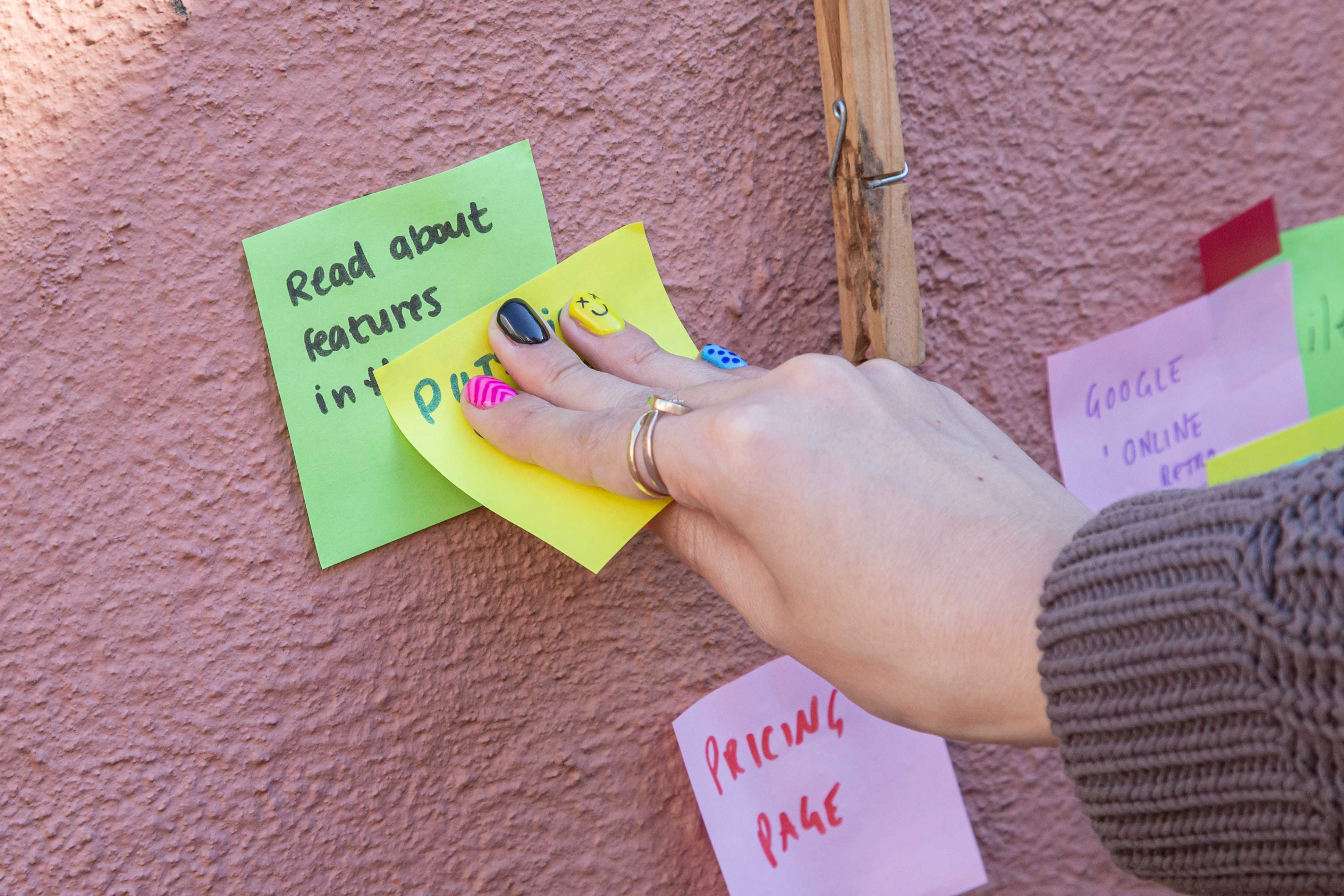
February 19, 2023
I’m a second-year PhD student as of this month. I can’t help but feel immensely grateful for this opportunity I’ve been given, and for the lessons I’ve learned from my supervisors, advisors and colleagues. I’ve learned a great deal from them, both in science and personal growth.
One of the things I have picked up is how to become better at planning. Especially how I can make planning easier for myself. This not only helps to allocate my energy more effectively but will also improve my work.
I’ve realised that I often fall into the “rigour trap”: because science is rigorous, every single task needs 100% of your brain-RAM and has to be carefully planned. However, thinking too many steps ahead is not helpful. You risk getting lost in what-ifs and endless options. It’s vital to plan your experiments carefully, but you don’t need to know the exact instructions for step 23 when you haven’t started. First, you need to put one foot in front of the other.
Because of the rigour trap, I feel bad about doing some things mindlessly. Still, I think it’s important to realise that sometimes you’re tired, and it’s fine to just ✨do ✨ some stuff without writing a 60-page review paper about why you tried technique X first instead of Y. Once you’ve identified a shortlist of tasks, it often doesn’t really matter in which order you start hacking away at it.
It helps me to conceptually divide my tasks into two categories: the brainstorming / planning / reasoning phase (phase 1), which can be anything from preparing experiments to analysing results, and the lab work / implementation / just-do-it phase (phase 2).
When you frame your to-do list in that way, you have periods where you carefully think about what you will do (phase 1) and periods where you execute those plans (phase 2). Because you already did the hard brain-muscle-pumping in phase 1, you can use phase 2 tasks to reload and prepare for the next cycle. Erica Gunn describes this process in more detail in this series of articles.
The key for me is not to make phase 1 too long, and to not plan too many steps ahead: this is where you risk getting tired and overwhelmed. Remember your overarching goal, but only make a few plans to execute in phase 2. Rinse and repeat.
Not being in planning mode all the time reduces headaches, but I also think it can make me a better scientist. If I get stuck in thinking about step 23 of my plan I might totally miss something vital and exciting in the results that I have now.
To conclude, you really need a well-thought-out plan, but the whole point of the research project is that you do not know the truth. You need to be curious about your results, meaning you can’t really plan the next steps before you’ve actually explored those results. You can have much more impact if you allow your mind to rest and actually observe what’s going on, instead of blindly rambling along the path you set out at the beginning.
